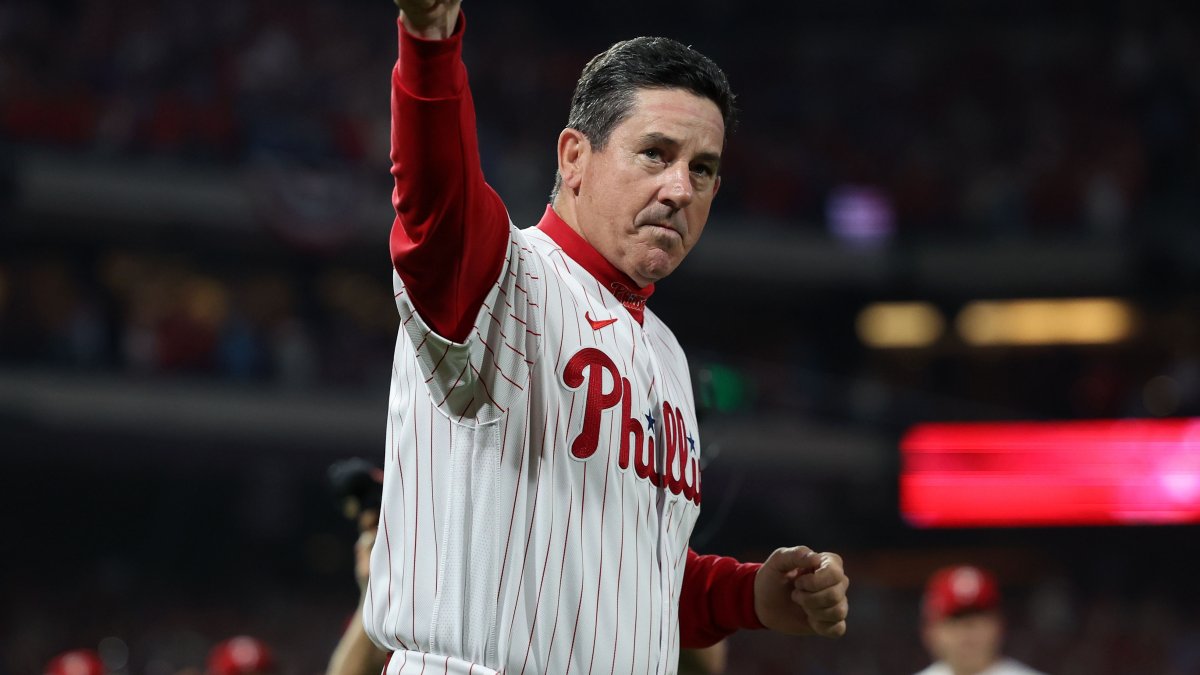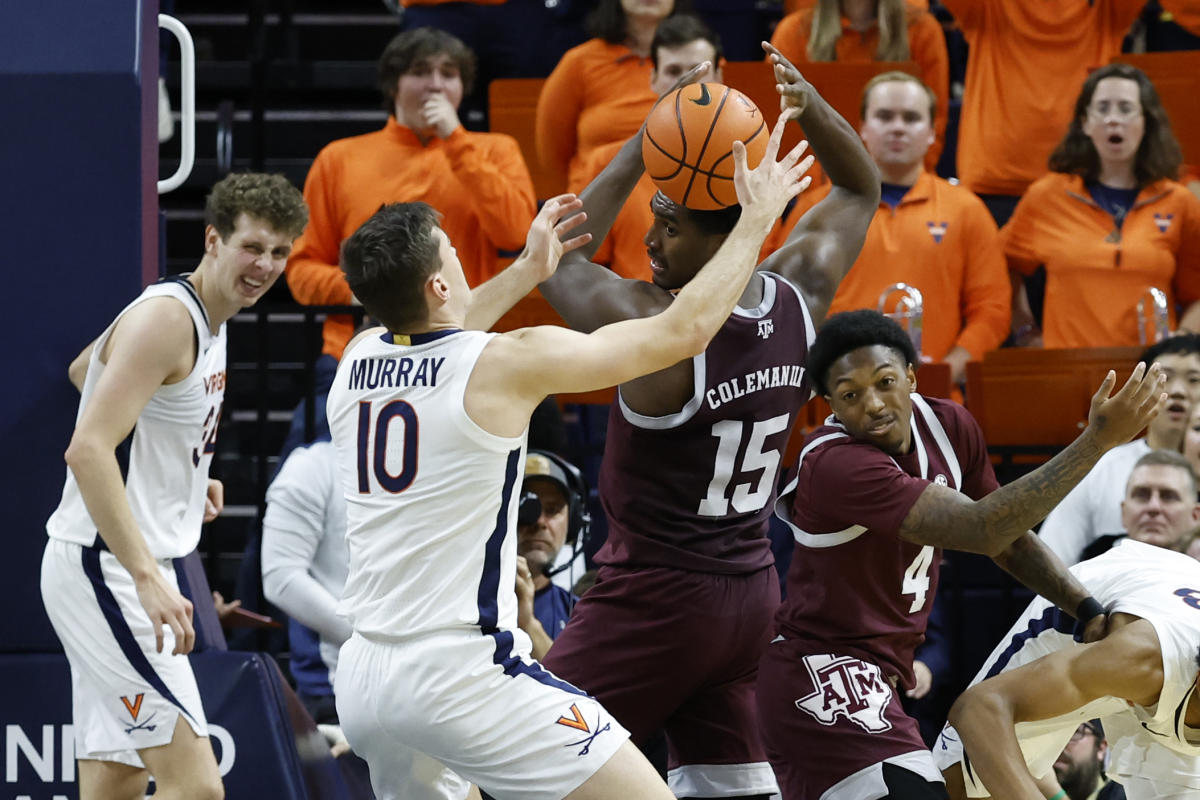The word was almost as immediate as Damian Lillard’s trade demand from the Portland Trail Blazers, along with his desire to join the Miami Heat. In order for the Heat to acquire Lillard, the Trail Blazers had no interest in keeping Tyler Herro as part of the deal, so any potential trade involving Herro would require a third team. Lillard did not end up joining the Heat, and Herro has been performing exceptionally well with Miami, averaging 26.2 points per game on a career-best 43.2% shooting from behind the arc. However, Lillard did end up leaving Portland in a three-team trade with the Milwaukee Bucks. The Trail Blazers also capitalized on an opportunity to acquire former No. 1 overall pick Deandre Ayton from the Phoenix Suns. Phoenix had a long-standing interest in Grayson Allen, and the teams were able to reach an agreement that involved Jusuf Nurkić joining the Suns.
Another All-Star trade request came from James Harden, who wanted to leave the Philadelphia 76ers. This trade, too, involved three teams, as the Los Angeles Clippers needed to involve the Oklahoma City Thunder to satisfy the Sixers’ demands. Initially, the Clippers tried to include a third team to acquire two additional future first-round picks, but since the Thunder already owned one of their unprotected picks, they instead sent that pick or one of their other selections to Philadelphia. The Clippers had to include the Thunder in the trade to finalize the acquisition of Harden.
In recent years, there has been a surge in multi-team trades in the NBA. From 2019 to 2023, an average of eight trades involving three or more teams occurred each season, nearly double the previous decade’s average. So far in the 2023-24 season, there have already been five multi-team trades. The anticipation of future restrictions with the NBA’s new collective bargaining agreement has cap strategists expecting even more multi-team deals in the future.
One general manager explained that sometimes involving another team is necessary to get a deal done. This trend is attributed to the increase in strategic thinking and planning among NBA teams and a more open and conversational environment within front offices. There is also a willingness among present-day front offices to expand a trade by involving additional teams to accommodate complications that may arise during negotiations. However, bringing in more teams also increases the risk of derailing a trade.
In the past, old-school general managers were hesitant to involve rival teams and potentially risk losing a deal. However, most present-day front offices are willing to agree to a trade construct and allow the other team 24 to 48 hours to expand it. Some rules exist to ensure that all teams involved in a multi-team deal benefit fairly. Each team must have direct involvement with at least two other teams in the overall agreement, either by sending or receiving players, draft picks, or cash considerations. The NBA has also imposed restrictions on including draft rights to players in these deals, requiring them to have been selected in one of the previous nine NBA drafts or named to the most recent All-EuroLeague First or Second Team.
Next season, the implementation of the new CBA will make trades for teams above the first tax apron even more challenging. The limitations on tax-paying clubs receiving more salary than they send out will make it difficult for executives to improve their contending rosters. This is why teams like the Bucks, Clippers, and Celtics have been making big trades this year, taking advantage of the current season to make significant moves before the new CBA’s stricter conditions come into effect. Additionally, many front offices find themselves lacking valuable first-round draft capital due to numerous trades among contenders, leading to an increase in three- or four-team trades to balance the trade math.
In conclusion, multi-team trades are becoming increasingly common in the NBA due to strategic thinking, a more open environment among front offices, and the need to navigate upcoming CBA restrictions. Teams are willing to involve other teams to get deals done, even if it adds complexity to the negotiations. However, rules and restrictions are in place to ensure fairness and prevent abuses of the system. With the new CBA on the horizon, three- and four-team trades are expected to become even more prevalent as teams work to overcome the challenges posed by salary limitations and limited draft capital.

Emily Turner is your source for everything NBA. As a dedicated basketball enthusiast, she offers insights into NBA games, player highlights, trade rumors, and the league’s evolving dynamics. Emily’s love for the sport shines through in her comprehensive NBA coverage.



:no_upscale()/cdn.vox-cdn.com/uploads/chorus_image/image/72931262/usa_today_21973134.0.jpg)


